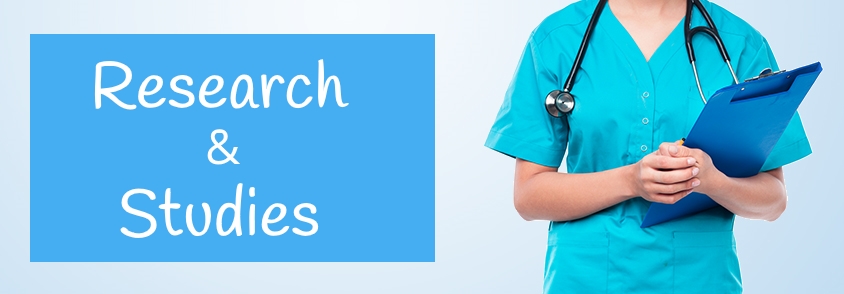
A collection of light therapy research articles on the benefits of light therapy use for improved wound healing.
NOTE: Researchers use several terms to describe “light therapy”. Photobiomodulation, low level light therapy (LLLT), phototherapy, photon therapy, photo energy, heliotherapy, and sometimes red, blue or (near) infrared radiation are synonymous; they all refer to light therapy.
LED Light Therapy is here to stay for wound healing, pain control, inflammatory acne and skin rejuvenation
This study published by the Department of Dermatology in Kangbuk Samsung Hospital cited that if low level light therapy was delivered with an appropriate wavelength and energy density, then the potential for a significant effect exists. It was also noted that infrared light is associated with improved blood flow and neovascularization (new blood vessel growth or angiogenesis). Based on these factors, the following are the clinical applications:
- Accelerated wound healing, particularly non-healing wounds through collagen formation, with ‘quicker and better’ wound healing
- Pain and inflammation, including pain that occurs post-surgery and particularly where edema and inflammation are involved and where many states of inflammation can be significantly reduced. Human patients were presented to show the benefits on treatment-resistant inflammatory disorders
L.E.D. Low Level Light Therapy “as an adjunct to conventional surgical or nonsurgical indications is an even more exciting prospect. LED-LLLT is here to stay”.
Light therapy improves wound healing by creating new blood vessels for improved circulation
Light therapy has gained considerable recognition in the medical community for wound healing. Many clinics are now starting to incorporate this procedure, documenting astounding results. Now, studies are being performed to understand the mechanism of action inside the body when light therapy is delivered. This particular study looked at angiogenesis (new blood vessel formation) in wound healing and found that the angiogenesis was increased towards the wound. This gives us insight that improved blood flow through angiogenesis may be one of the key factors in light therapy’s ability to help improve the wound healing process.
Blue LEDs improves wound healing
2010, International Journal of the Care of the Injured, Research Article
Low level light therapy (LLLT) is an attractive alternative to enhance wound healing. So far most studies are performed with red or infrared irradiation. However, we recently showed that blue light (470 nm) can significantly influence biological systems, improving perfusion by release of nitric oxide from nitrosyl complexes with haemoglobin in a skin flap model in rats.
Blue Light rescues mice from potentially fatal burn infection
2013, aac.asm.org, Research Article
Blue light has attracted increasing attention due to its intrinsic antimicrobial effect without the addition of exogenous photosensitizers. However, the use of blue light for wound infections has not been established yet. In this study demonstrated the efficacy of blue light at 415 nm for the treatment of acute, potentially lethal Pseudomonas aeruginosa burn infections in mice.
The use of Light Therapy for treating venous leg ulcers
1998, The American Society for Dermatologic Surgery, Research Article
Venous ulcers are estimated to be present in 0.2 to 0.4% of the population. Although new therapies have significant promise, non-healing ulcers sti11 represent a significant problem. In this placebo-controlled, double-blind study light therapy was an effective modality for the treatment of venous leg ulcers.
Augmentation of wound healing using monochromatic infrared energy
1999, Wound Care, Research Article
The results presented in this paper document healing of different types of extremity wounds with 890 nanometer (nm) monochromatic infrared energy.
© Trina Waller and Western Canadian Health Products Ltd., 2014 – 2017. All rights reserved. Unauthorized use and/or duplication of this article, and the material contained within, without express written permission from this blog’s author and/or owner is strictly prohibited. Excerpts and links may be used, provided that full and clear credit is given the post author, Western Canadian Health Products Ltd., and WholeHealthatHome.com, with appropriate and specific direction to the original content.
Disclaimer: The content of this website is provided for informational purposes only. It is not intended as medical advice and should not be construed as such. Light devices are not intended to cure, treat, or prevent any disease or illness. If you have a disease or illness, consult with your physician or health care provider prior to using any light device. Use only as directed by manufacturer.
